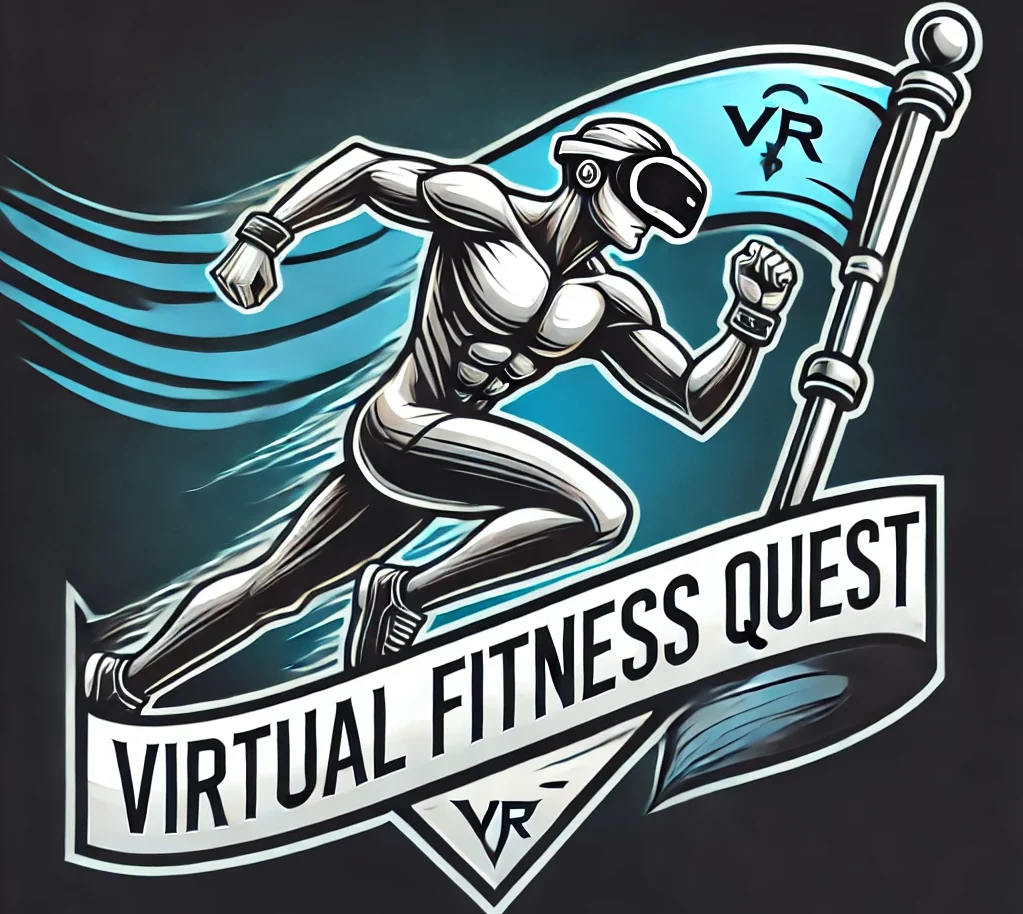Stay Safe and Recover Better in VR Fitness
Prevent injuries, avoid motion sickness, and recover faster with these essential tips and tools to keep your VR fitness journey on track.
Top 5 Warm-Up and Cool-Down Tips
- Dynamic Stretches: Leg swings, arm circles, and torso twists to loosen up muscles.
- Light Cardio: 3–5 minutes of jumping jacks or marching in place to increase blood flow.
- Deep Breathing: Practice controlled breathing to calm your mind and body post-workout.
- Yoga Poses: Incorporate child’s pose or downward dog to stretch key muscle groups.
- Foam Rolling: Use a foam roller post-session to release muscle tension.
Avoiding Dizziness and Motion Sickness in VR Fitness
- Start Slow: Gradually increase session time to allow your body to adapt to VR environments.
- Optimize Headset Fit: Ensure your VR headset is properly aligned and not too tight.
- Maintain a Stable Position: Focus on balance and avoid sudden movements that can trigger dizziness.
- Use VR-Friendly Accessories: Anti-fatigue mats or balance boards can help stabilize your posture.
- Take Breaks: Rest every 20–30 minutes to reset your equilibrium.
Top 4 Recovery Tools
Top 5 Recovery Tips
- Hydrate: Drink plenty of water or electrolyte drinks to replenish fluids lost.
- Sleep: Aim for 7–9 hours of sleep each night to aid muscle recovery.
- Stretch Daily: Incorporate light yoga or stretching to improve flexibility.
- Active Recovery: Go for a light walk or engage in low-intensity activities on rest days.
- Nutrition: Consume protein-rich foods and anti-inflammatory ingredients like turmeric.




